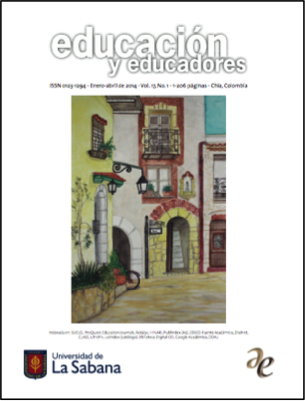Literacy Teaching and Bilingualism in Visual Learning Processes. Contributions from Deaf Epistemologies
Keywords:
Education of the deaf, bilingualism, literacy, sign languages, epistemology, educationAbstract
Reading/writing teaching and learning processes for deaf students enrolled in bilingual contexts are examined in this study. The objective is to contribute to theoretical and practical reflection on the educational answers to the demands of literacy teaching for this particular population.
The type of education now being offered in Chile and in other Latin American countries does not respond to the linguistic, cultural and learning characteristics of the deaf. In other words, current educational proposals do not consider the features of visual learning, the incorporation of sign language in learning processes, nor the cultural beliefs and modes of the deaf.
A model of bilingual intercultural education (IBE) that is based on deaf epistemologies, values the language and culture of deaf communities, and inspires models for literacy instruction and teaching practices centered on the features of visual learning by the deaf is needed.
Downloads
Published
How to Cite
Issue
Section
License
1. Proposed Policy for Journals That Offer Open Access
Authors who publish with this journal agree to the following terms:
-
This journal and its papers are published with the Creative Commons License CC BY 4.0 DEED Atribución 4.0 Internacional. You are free to share copy and redistribute the material in any medium or format if you: give appropriate credit, provide a link to the license, and indicate if changes were made; don’t use our material for commercial purposes; don’t remix, transform, or build upon the material.






